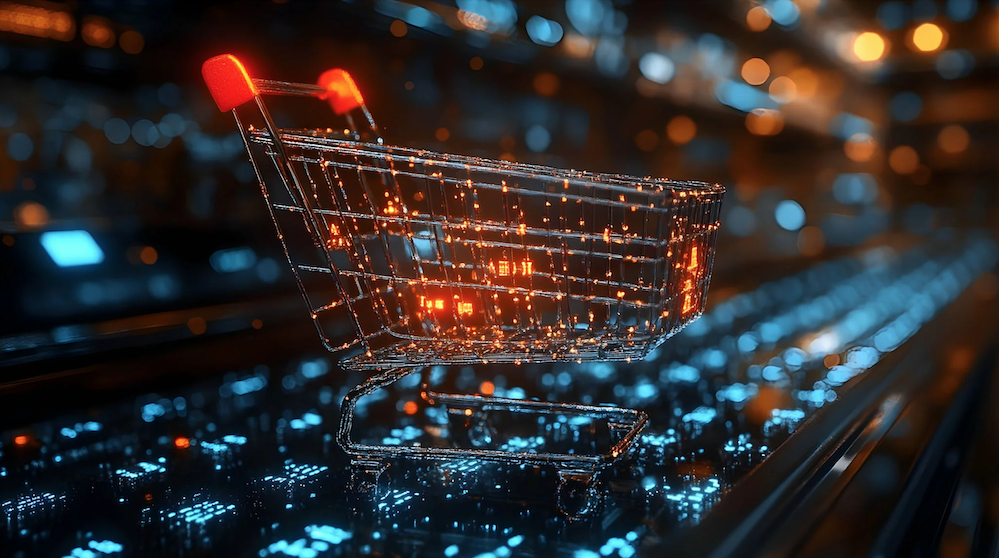CMOs are swamped with new technology on a perpetual basis, Selecting those worthy of consideration is time-consuming and laborious. But what is the value of autonomous technology adoption? Contactless payments, online ordering, and curbside pickup have become the norm, So consumer adoption of these technologies has accelerated. 78 % of consumers globally have made changes to how they pay in the last year to utilise touchless forms of payment, like Google Pay Apple Pay, and tap-to-pay credit cards. Shoppers are not only more comfortable with touchless payment but more accustomed to receiving goods on demand, finding it generally more convenient and often more affordable.
To meet these needs and enhance the customer experience, retailers are rushing to install new technically advanced systems. Across convenience, fuel, hospitality, concessions, grocery and more, brands are looking for best-in-class solutions to operationalise autonomous checkout as quickly as possible.
Those looking to install cashier-free checkout capabilities should focus on vendors offering real, customer-centric solutions which take into account operational efficiencies, store formats, and existing and future challenges of modern shopping. The key to deciphering between the technologies available is understanding what will make an impact on your business.
Out with the old in with new autonomous technologies
The autonomous shopping experience retailers are so excited to offer will be most successful in new store formats. While applying a tech-enabled veneer to the standard way of shopping may appear faster, retrofitting existing infrastructure can limit the time- and labour-saving potential of autonomous customer integration.
The true value proposition for autonomous shopping is about more than just upgrading the technical capabilities; it’s a reimagining of entire customer communication through purpose-built design.
One autonomous marketing solution, hyper-personalisation software, for example, can deliver a 20x greater ROI (McKinsey, Deloitte, Forrester et al) at a fraction of the cost of traditional software infrastructure, providing more possibilities for a much closer affinity, loyalty and customer lifetime value than ever experienced before. This brings the ecommerce retailer nearer to its customers and turns it into a micro-marketing dream, at a fraction of the cost, not only a superior value tech in a hectic world, but the total and absolute absence of staff required to run or implement it perpetually.
Choose Tech That ‘Walks the Walk’
The true value of autonomous ecommerce lies in systems capable of running on their own. This opens up completely new purchase flows supported by employees who now have time to manage more advanced, higher-value tasks. Emerging technologies, like shelf-level sensors with artificial intelligence (AI) and comprehensive computer vision, reduce the need for human micro-management.
To guarantee a system works properly and without unnecessary human oversight, retail brands should look to technology partners that have a deep understanding of how hardware and software can work together to deliver truly autonomous solutions.
Seek Customer-Centric Solutions
Keep in mind the end user is the most important and most verbal critic. To secure buy-in in today’s consumer-driven economy, autonomous solutions must genuinely improve the customer experience while respecting privacy, and there is no greater demonstration of this in personalising the consumer’s product selections offered.
The success of this technology lies in the accuracy with which it tracks live necessities. Precision is key to delivering the right user experience and minimising costs, which is why offerings like those for hyper-personalised email marketing are essential to capturing the greatest potential CLV from each consumer. This granular marketing is also less expensive and more sustainable, requiring less energy and more accuracy than alternatives like segmentation.
Retailers and brands that leverage this technology will create new opportunities for connected commerce. The autonomous vision of retail is not only here, it’s inevitable.





